SKL is reader supported. When you buy through links on our site, we may earn affiliate commission. Learn more here.
Looking for ways to recycle those unwanted clothes in your closets? Unsure of what to do with old clothes that can’t be donated? Lucky for you, we’ve gathered a list of ways to recycle, rehome, and repurpose those old items you don’t know what to do with.
This post will offer insight on the most ethical thing to do with your old clothes. For tips and tricks on how to upcycle old clothing, check out Brooke’s amazing list of 20 ways to repurpose old clothing with tutorials!
Where can I recycle old clothing?
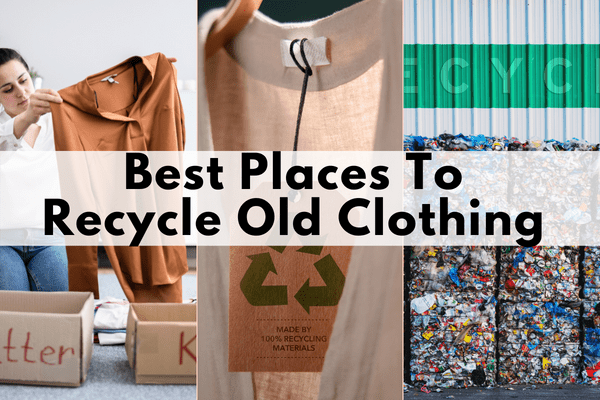
A core goal of sustainable living is to use what you have for as long as possible. By keeping items in use, we prevent them from entering the waste streams that almost always end up in landfill.
Can you throw old clothes in the garbage?
At some point, you may have wondered…
Can I throw old clothes in the garbage?
While throwing old clothes away would certainly be an easy option, it’s one that has many negative consequences.
Given the materials that most clothes are being made of right now, fabrics take a really long time to break down— as in centuries. Synthetic textiles like nylon, polyester, and spandex can take anywhere from 20-200 years to decompose. Currently, synthetics make up 60% of our clothing.
This means that we want to avoid throwing clothes away at all costs, lest we want to contribute to the millions of tons of textile waste going to landfills every year. But, don’t worry, we will offer plenty of options on what to do with those clothes you don’t know what to do with.
While it’s important to wear and use our clothes for as long as possible, it’s inevitable that eventually something may be worn or damaged beyond repair or reuse in its current form.
What’s the deal with textile recycling?
Before diving into what to do with those old clothes that no one wants, let’s talk about textile recycling.
For most of us, our familiarity with textile recycling may be the H&M recycling bins or those big metal textile recycling bins often seen in parking lots. Despite the prevalence of talking about recycling as an eco-friendly solution, only about 13% of clothing enters some sort of second life process.
This means around 85% of clothing is landfilled every year, despite the fact that 95% of clothing can be reused or recycled. However, this stat is a bit misleading because the breakdown (according to SMART) is that “45% are reused as apparel; 30% are converted into industrial polishing/wiping cloths, and 20% are processed into fiber to be manufactured into new products.”
The bulk that is “reused” enters the secondhand clothing market that often gets sold in bales to countries in the Global South, burdening their economies and environment to the ultimate end of sitting in, you guessed it, landfills. Then, what is “recycled” is often actually a process of downcycling— breaking down an item to perform a new function that is typically lesser in value (stuffing, insulation, rags, etc).
Only a small portion of textiles are actually truly recycled into something that maintains the same value and level of functionality as its original form.
Thus, sometimes, recycling isn’t the best pathway for an old garment.
The industrial process of recycling can be intense, requiring a lot of manpower, technology, resources, and carbon emissions. Additionally, some textiles are difficult to recycle. When fabrics are created with a blend of fibers (most are, often synthetics) recycling becomes difficult or even impossible.
Plus, pieces like denim with metal hardware or shoes with its glue and many components require various levels of deconstruction before certain elements of the garment can even be recycled. With the complexity of recycling, it’s currently cheaper to make new textiles than it is to recycle existing materials.
While innovations are happening within textile recycling, we need to be mindful that the current solutions are lacking. This requires us to be all the more thoughtful about what we do with our unwanted clothes.
Recycling clothing isn’t as straightforward as dropping it off in a bin to be reborn.
Therefore, I’d encourage you to explore alternatives to traditional recycling. The goal is to keep the item in use for as long as possible, without dramatic industrial intervention or sending it to landfill. Often, this looks like re-purposing the garment for yourself or directly ensuring the piece is rehomed usefully. Check out this resource for upcycling ideas.
Quick list of ways to upcycle, re-home and repurpose (before jumping to recycling!)
Re-imagine – Can I modify this item so that I can continue to use it? This can look like cropping, dying, embroidering, patching, reconstructing, and more.
Repurpose – Can I upcycle and recreate this item into something new that can be useful to me? This can be creating accessories, cleaning rags, bedding, or home decor with old pieces. More ideas here.
Resell – If the condition is decent, can I sell the piece to someone who will love and use it? Reselling yourself guarantees the item goes to a home that wants the item while donating to a thrift store can’t do that given that only 10% of items get resold.
Rehome – Can I find someone or somewhere that will use it or know how to upcycle it in a usable way? Some of our ideas below will fall under this category.
Finally, let’s dig into some solutions and options. Here are some ideas about what to do with those old clothes that can’t be donated. Since not all textile recycling programs live up to their promises, we’ve vetted these options so you can be confident you are recycling your old clothes in a responsible way.
This is your guide to recycling old clothes that cannot be donated.
Where to Recycle Old Clothes
TerraCycle has an extensive recycling program that allows you to recycle just about anything. The most straightforward way to recycle clothes with TerraCycle is to buy a Zero-Waste box, but they also have free partnership programs like recycling underwear with Parade or kids clothing with Carter’s.
Knickey helps recycle one of the hardest clothing items to find a second life for: underwear! They accept underwear, bras, socks, and tights. They help turn these discards into insulation, carpet paddings, and furniture batting. Just send in your old underwear and in return, you get a discount on a sustainable pair from Knickey.
The Bra Recyclers accept all kinds of bras with the goal of supporting non-profits and helping women who are escaping domestic violence and trafficking.
Where To Find Them: United States, Canada, Puerto Rico (You pay postage to ship your bras to them, so anyone can participate, but these listed locations have drop-off sites.)
Checkout The Bra Recyclers Here
Harper Wilde recognizes that bras are tricky to recycle. With their Recycle, Bra program, you can send in any brand of bras or underwear to be recycled. Some parts are upcycled into yarns and fabrics, while others are broken down and used for things like rugs, cleaning textiles, and building insulation.
Another tricky item to create a second life for is swimsuits. Fair Harbor’s Roundtrip Initiative allows for old swimsuits to be recycled, using 2ReWear’s program.
For Days’ offers clothing recycling through their “Take Back Bag” program. They accept all textiles, any condition. This means they’ll even take items like towels, fabric scraps, or sheets. Just order a bag from them, fill it, and send it back. While you have to pay for the bag, you get an equal amount of credit to shop from their sustainable clothing line.
As a part of Cotton’s Blue Jeans Go Green initiative, you can recycle your jeans by dropping them off at a Madewell store. Bring in any brand of jeans and Madewell’s partners will recycle them into housing insulation for communities in need.
With Retold’s Recycling program, you buy a bag to fill with your unwanted fabrics and clothing and just drop it off at the post office to be sent back to them. You can order 1 bag, or multiples, or subscribe to receive recycling bags throughout the year. They sort the clothing, sending them to thrift stores, donation centers, recyclers, resellers, and upcyclers.
With Upparel, you can buy a collection box and send your clothes in to be recycled, reused, and repurposed. They have charity partners for usable clothing and recycling programs focused on creating circular products for the pieces that can’t be used again.
Scrap is a New York based textile collection program. They accept both good condition and heavily worn condition clothing with a guarantee that their clothes don’t end up in landfill.
With Marine Layer’s Re-Spun recycling program, they help give new life to your old t-shirts. Tees can be a hard item to rehome given how many of them exist, often with very specific designs. With Re-Spun, you can drop your tees off in store or order a prepaid label to ship them in. Marine Layer will recycle the cotton into new tees or find other outlets for recycling what they can’t.
Blue Jeans Go Green is Cotton’s denim recycling program. They take jeans (made of mostly cotton) and turn them into interesting materials like building insulation, pet bedding, and packaging thermal insulation. You can drop off your jeans at one of their partner retailers or mail them in.
2ReWear offers clothing, shoes, and home textile recycling through its retail partners. With one of the largest networks of partners to collect, recycle, and trade, they efficiently divert over 100 million pounds of textile waste a year. You can participate through their partners Nice Laundry or find a drop-off location.
The North Face’s Clothes the Loop program accepts shoes and clothing to recycle through their non-profit partner Soles4Souls (who you can also send items to directly). You can drop your items off in-store at their retail and outlet stores.
Nike accepts any brand of athletic shoes to recycle. They clean and sort them to determine if their next step is to be donated, recycled, or refurbished.
This organization has 5,000 clothing donation bins across Canada. Their work serves a dual function to support diabetes research and divert clothing from landfill.
Got Sneakers allows you to send in your used sneakers for free or even compensate you for them. They will recirculate them in secondhand markets or recycle them.
Collect My Clothes makes responsible clothing recycling simple by collecting clothes directly from people’s doorsteps.
Earth 911 offers a database of recycling options across North America. By typing in what you want to recycle and your zip code, it will give you your options. Just be sure to do a bit of extra research on the recycling solutions it offers because not all recycling centers are responsible. Look for ones that transparently disclose partners and clothing pathways, prioritizing effective reuse, avoiding sending clothing overseas, and guarantee no landfills.
Recycle Now is a database of recycling programs in the UK. You can search what you want to recycle, your postcode, and learn where you can recycle in or out of the home.
21. Give to an animal shelter

Often, local animal shelters will accept old bedding, blankets, and textiles to use as pet bedding or cleaning supplies. Call or check the website of shelters in your area to inquire about what they accept.
22. Create your own blanket or quilt
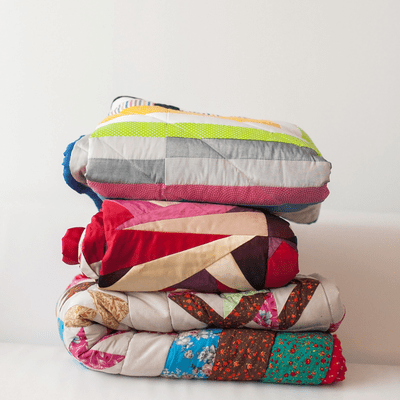
Instead of sending off your used or damaged pieces, create with them! Salvage the undamaged pieces and craft a patchwork quilt of your old clothes.
23. Make rags and cleaning supplies
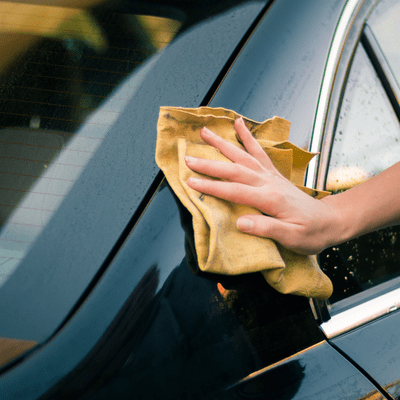
Much of industrial clothing recycling turns your garments into rags. Cut out the middleman and create some useful household products for yourself. Turn your t-shirts into cleaning rags. Create cotton rounds.
24. Create A Toy

Sew your old clothes into a stuffed toy for a young kid or pet in your life. There are endless options to use t-shirts or old fabrics to entertain pets. Or you can make adorable stuffed animals for the littles ones around you.
25. Brands that accept their old clothing back for reuse, recycling or resale:
This was your guide to recycling old clothing!
The ultimate goal is to keep clothing in use for as long as possible. With existing technology, recycling programs are often not able to do that effectively. That’s why prioritizing how you can get use out of your items through re-imagining them is important. Creating your own use for them is the only way to truly guarantee your old clothes don’t get wasted. This is all the more reason to be selective in what we bring into our homes. When we shop and acquire things and clothing intentionally, we are ensuring that these items will actually be useful to us for years to come.
I hope this offered some helpful insight on textile recycling and what to do with old clothes that can’t be donated.
If you liked this post, you’ll definitely want to check out these other posts from SKL:
Like it? Help support our work by sharing!
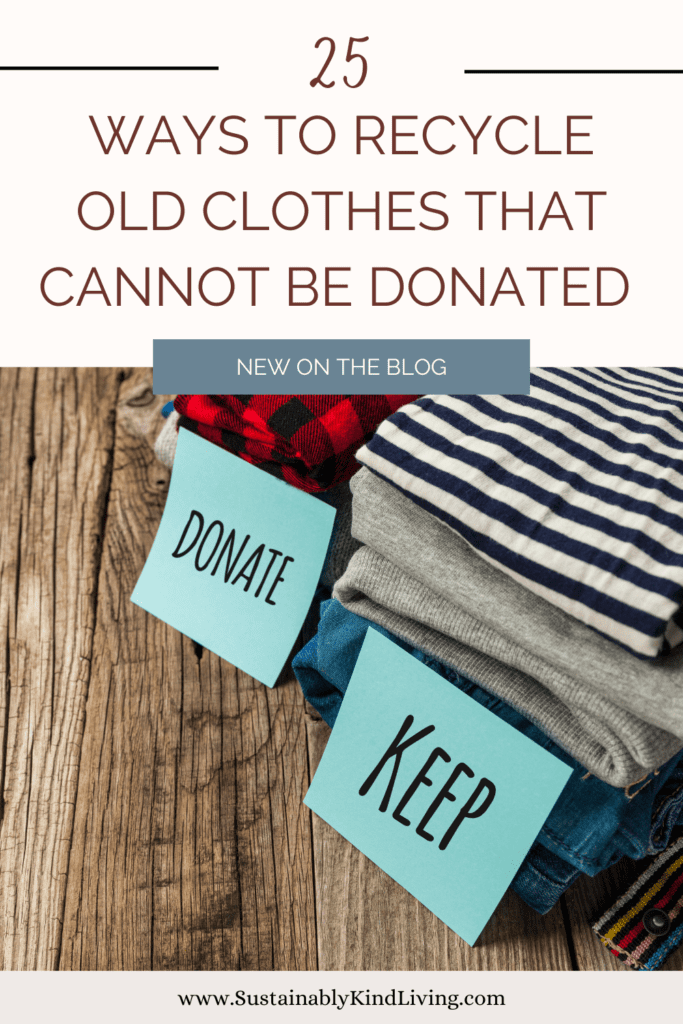
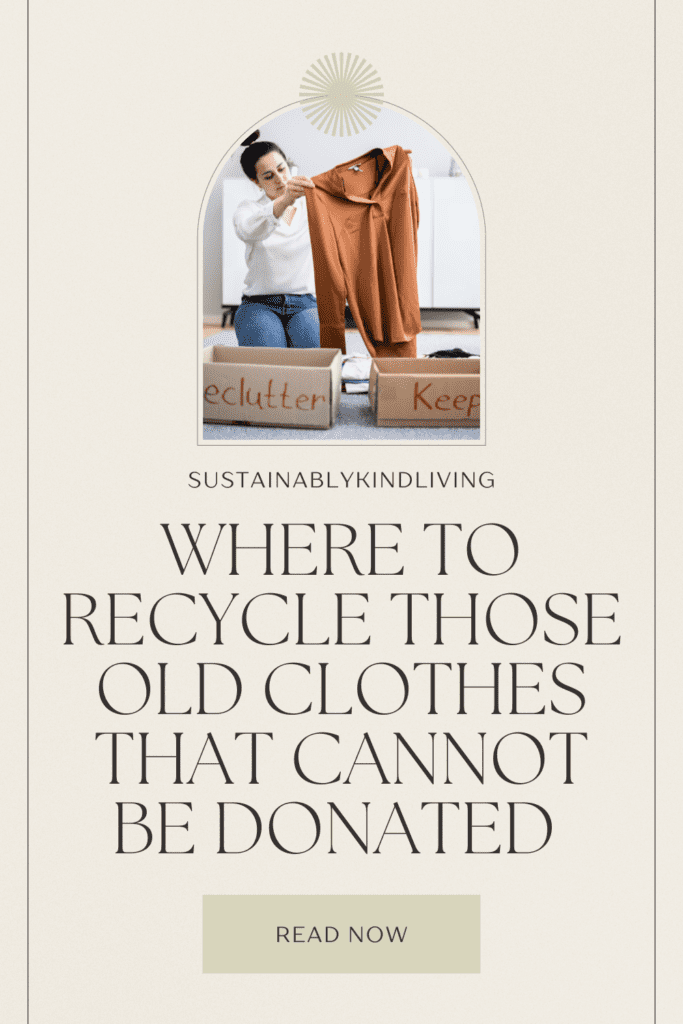
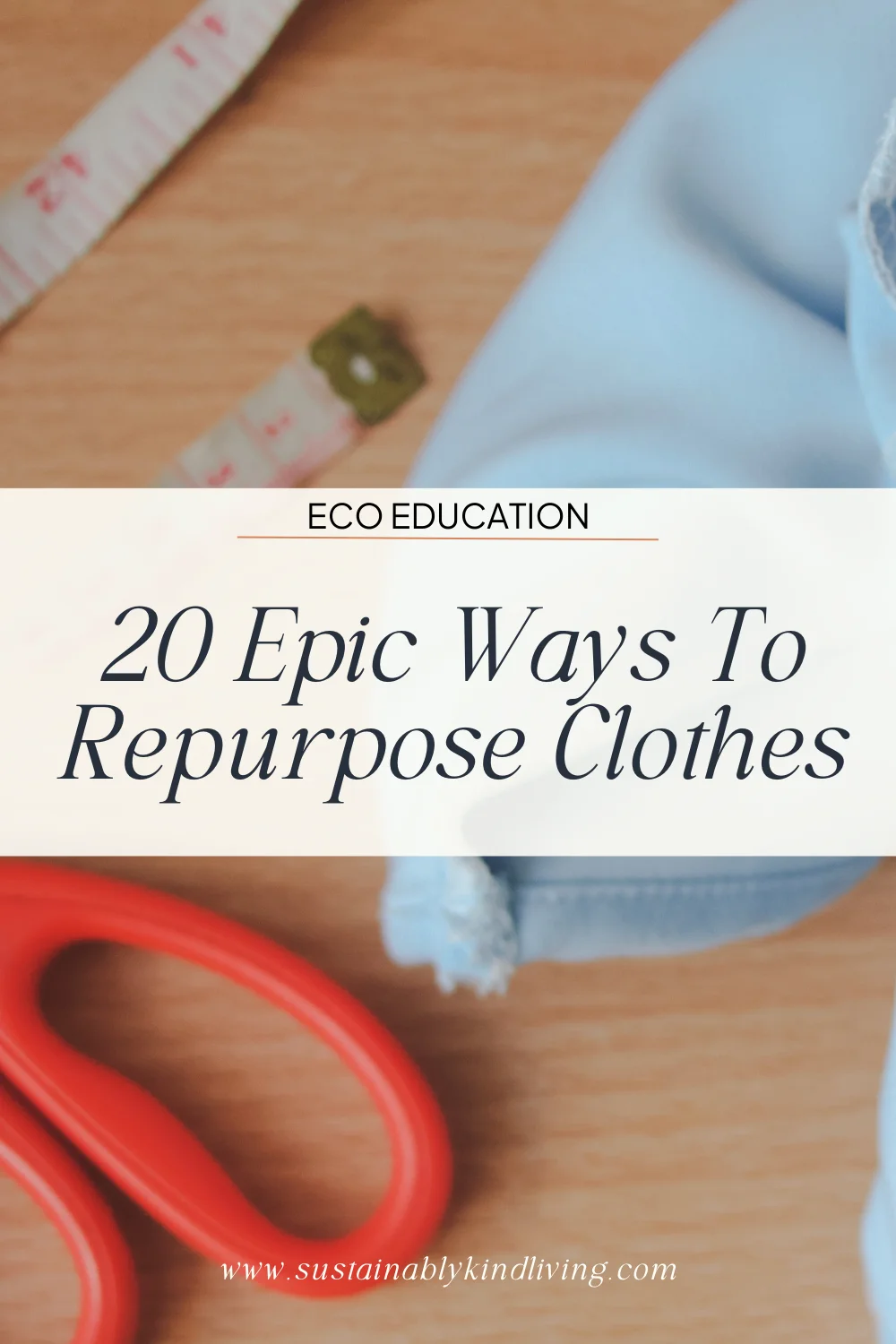
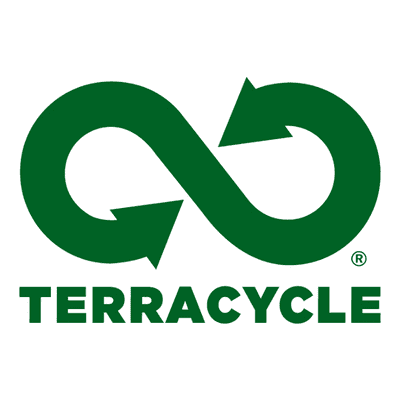






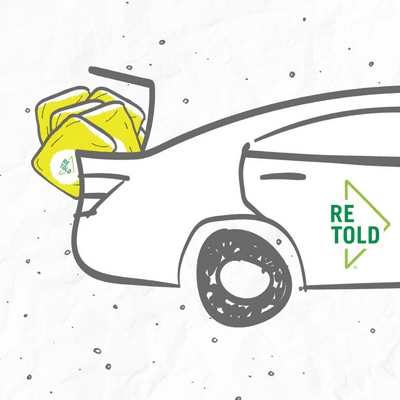


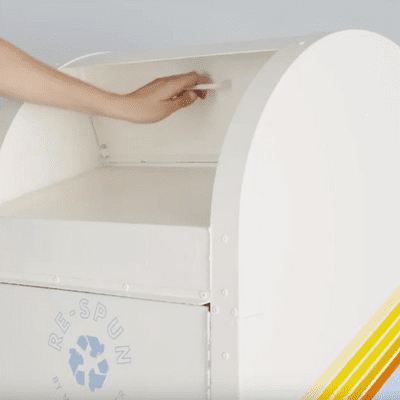
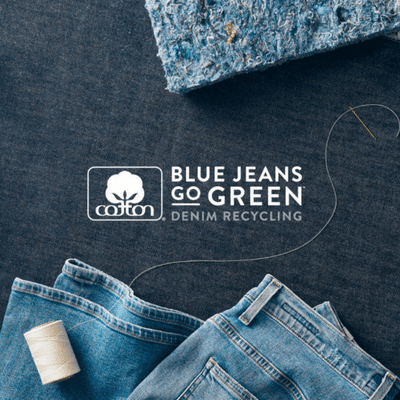
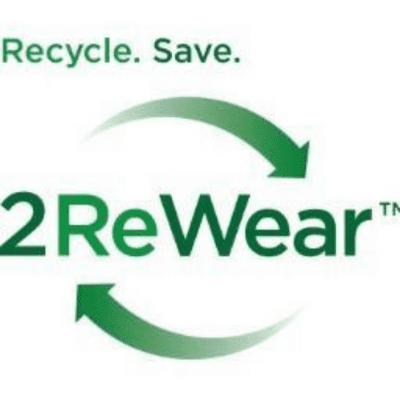
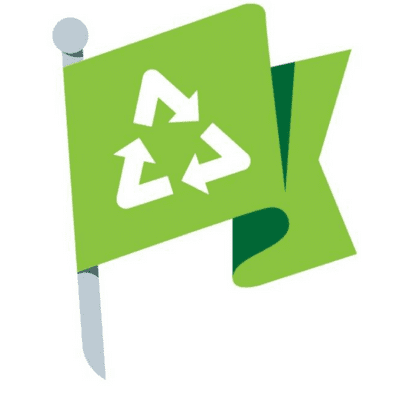
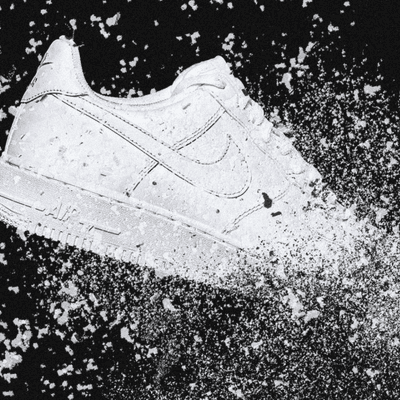
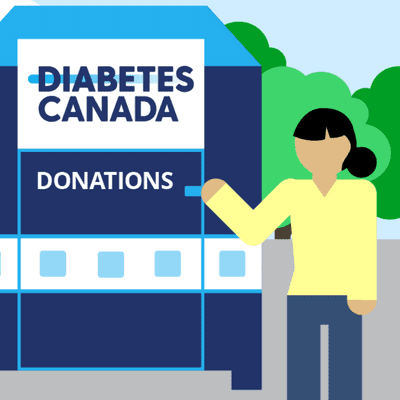


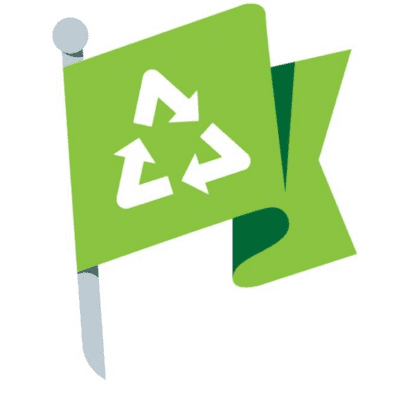
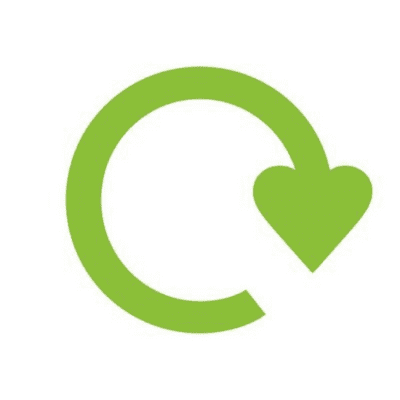
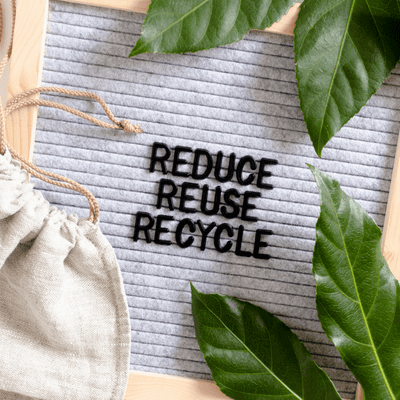


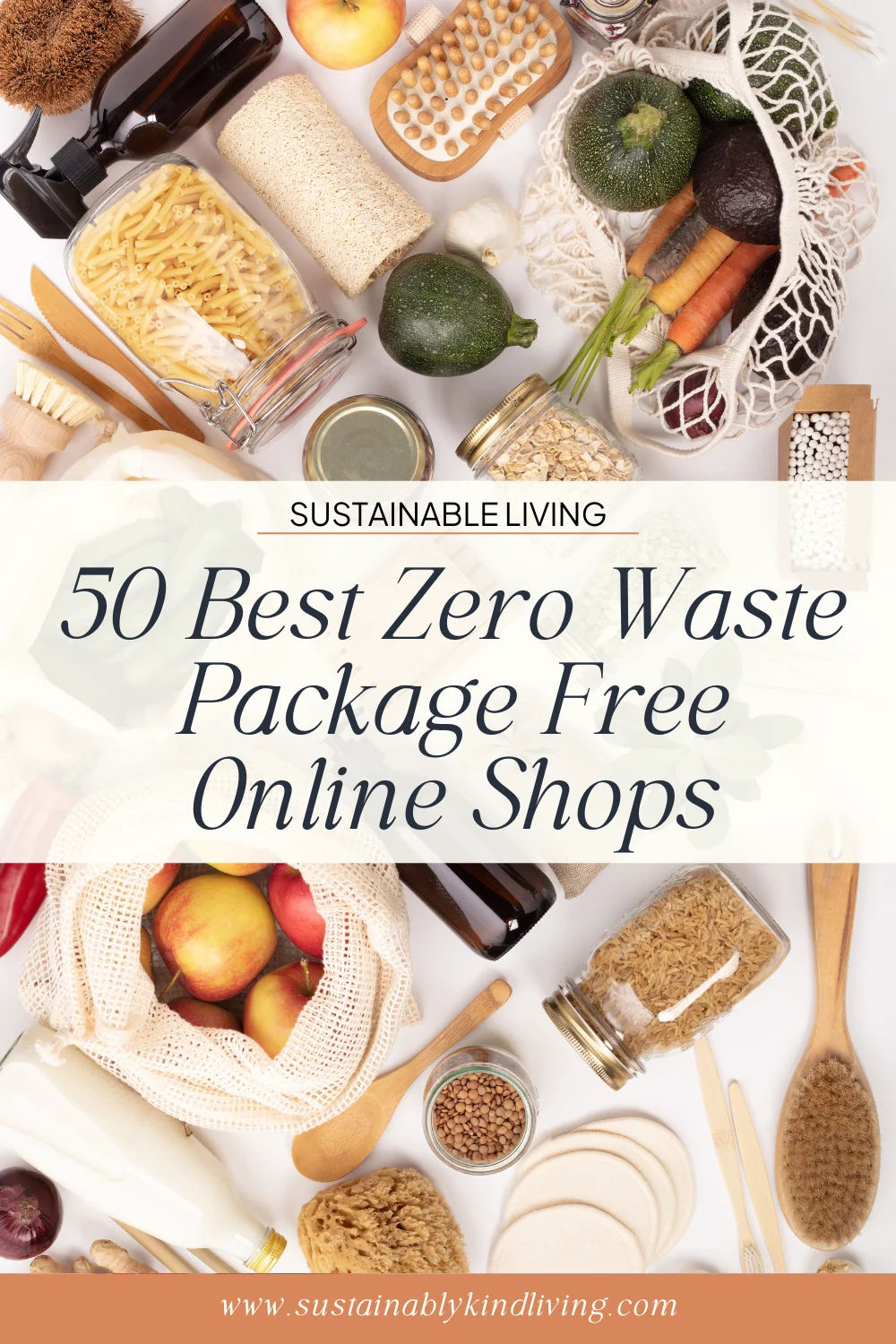


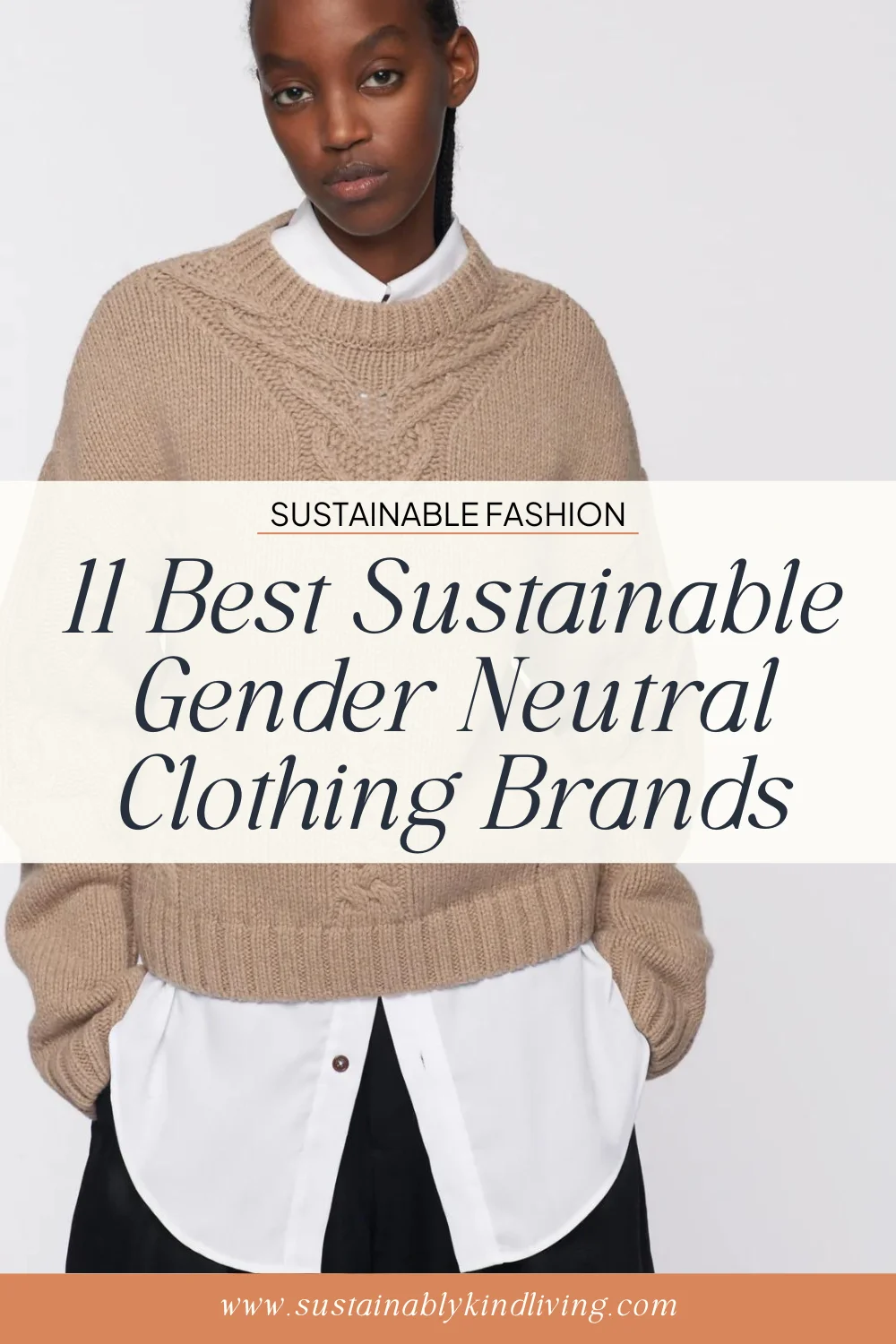

[…] Donating clothing can be tricky, I hear you. There are so many reports of donated clothing ending up in the landfill anyway. Sustainably Kind Living has a great post about the 25 best places to recycle old clothes. […]
[…] Article: 25 Places to Recycle Old Clothes […]